Flavor characteristics of Sidamo Hambela Huakui Coffee beans introduction to the taste of hand-brewing parameters of Sidamo coffee beans
Who is Sakuran Coffee? For those who are familiar with coffee, this must be known, but for those who are not familiar with coffee, they may not know. Then, when you say Yega Xuefei, you may know right away that it is Ethiopia's. In fact, Sakuran is also Ethiopian coffee, and it is also a very popular boutique coffee! In the front street, water-washed Yega Xuefei coffee and Huakui 5.0 coffee are very popular!
As the representative of the coffee producing country of Ethiopia, the Yega Chefe Coffee, the rations of Qianjie Street, will be known for its reputation. Just like anyone who doesn't drink coffee knows Blue Mountain Coffee. In fact, Ethiopia is the birthplace of coffee, many varieties are introduced from Ethiopia, the flowers and fruit acidity of Yegashifi coffee is lingering aftertaste. Of course, not many people like the bright sour texture. Ethiopia, as the genetic land of coffee, most of the coffee is named after the coffee producing area. Yega Xuefei and Sidamo are two well-known boutique coffee producing areas in Ethiopia. If you are not used to Yega Xuefei's citric acid, Qianjie suggests that you should consider having a cup of Sidamo coffee.
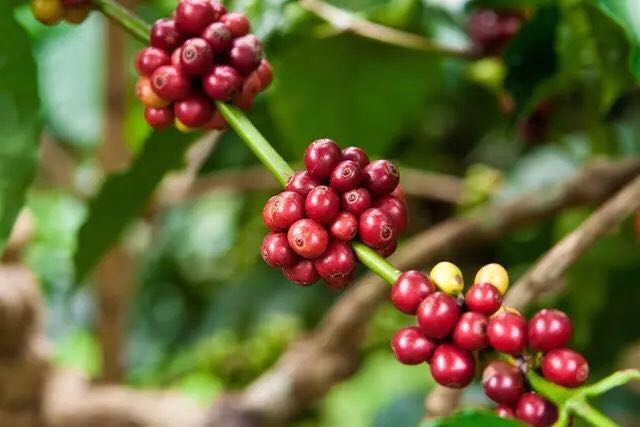
The coffee from Sidamo is more juicy than the coffee from Yega Sheffield. It is not so sour in taste, but has a sweet taste of citrus. The flavor of coffee in different producing areas of Ethiopia will be obviously different. in order to let more friends taste the flavor of each producing area of Ethiopia, there are more than a dozen coffee products from Ethiopia alone in Qianjie.
Let's learn about the Sidamo coffee producing area.
The coffee flavor of Sidamo is very diverse, because of the different soil composition, regional microclimate and countless native coffee varieties, the coffee produced in each urban area has obvious differences and characteristics. The Sidamo region is located in the south of Ethiopia, extending to the districts of Arsi and Bale in the east and Gamogofa in the west. Sidamo coffee is cultivated at the altitude of 1400m-2000m. The industry here is dominated by agriculture, and the main growing area of coffee is around the Great Rift Valley (Great Rift Valley) of East Africa. Sidamo has developed rapidly in recent years and is an important distribution center for coffee export. Among them, the most famous coffee growing areas in Sidamo are GUji and West Arsi.
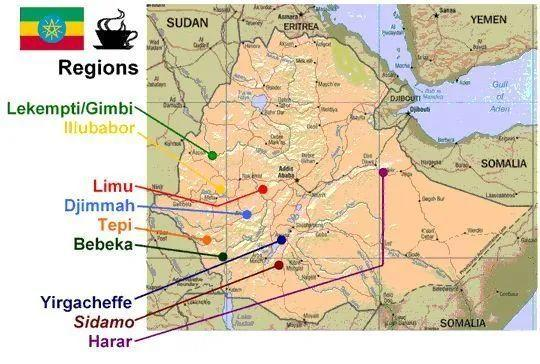
Guji producing area
The Guji producing area, which once belonged to the Sidamo producing area, has been independent into a new producing area by the Ethiopian Commodity Exchange (ECX) in 2010. The Guji producing area, located in the southeast of Yejasuffi, is an area with complex topographical changes such as towering mountains, valleys and plains. The geology of this area belongs to the nutrient-rich black soil (Vertisol), the depth of the soil is nearly two meters, and the average elevation is more than 1800 meters. The significant temperature difference between day and night created by geographical characteristics makes the local area have various local conditions for producing high-quality coffee.
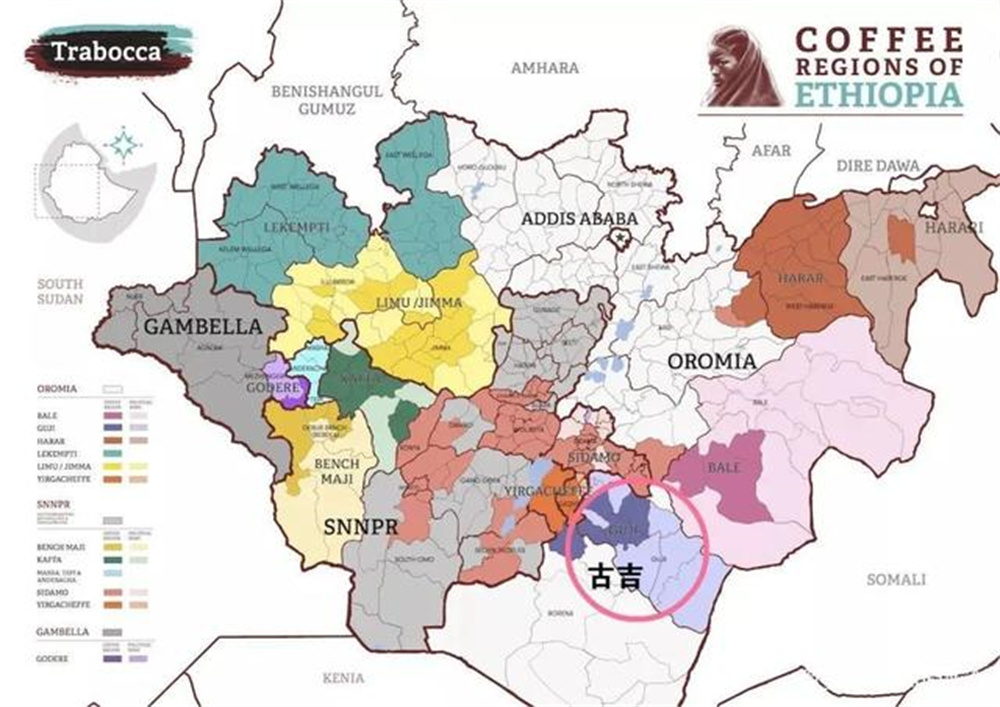
What is Huakui coffee?
It is said that the good climate will also grow into excellent coffee beans, and what really makes the Guji producing area famous is Huakui coffee.
Huakui coffee beans were originally called Humbela, and one of them was named by domestic raw bean merchants. Sakuran beans are from Hambella, located in Guji, Ethiopia's largest coffee producing region, and are administered by the state of Oromia. The west of Humbera faces the mountains of Yega Fichier. The two producing areas are separated by a highland with an elevation of 3200 meters and a width of about 30 kilometers, and are bordered by Shakiso, Uraja and Kolasha in Guji in the east and south, respectively. It is the highest coffee producing area in Ethiopia.
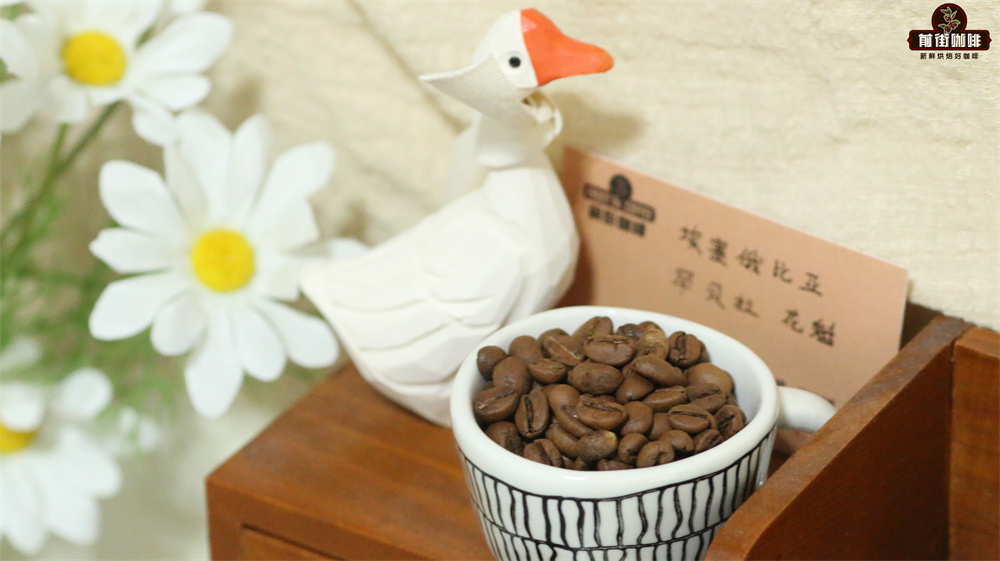
At present, there are nearly 20 processing plants of various sizes in Humbela production area. In 2017, Ethiopia's DW Raw Bean Company sent their coffee beans to the TOH (the Taste Of Harvest) Raw Bean Competition hosted by the African Coffee Association, and a sun batch from the "Buku Abel" processing plant won the TOH Ethiopia championship with its strong strawberry and cream aroma. At that time, this batch of raw beans was introduced to China by Hongshun, a raw bean trader in Beijing. in the same year, Li Jianfei used this bean to win the runner-up in China in the 17-year World Cooking Competition. This Ethiopian bean stands out among the many rosy summer beans, so it is named "Sakuran". Rosa Geisha means geisha in Japanese, and Hua Kui means the head of a geisha to show the excellence of this bean. )
Subsequently, DW added processing plants in Dimtu, the core production area of Hambella, namely "Buku Abel", "Buku Saysay", "Haro Soresa" and "Tirtiro Goye", with an annual output of about 1100 tons of coffee. In all these estates and processing plants, strictly speaking, only the sun-dried coffee beans from the "Buku Abel" processing plant can be called "Sakuran coffee beans".
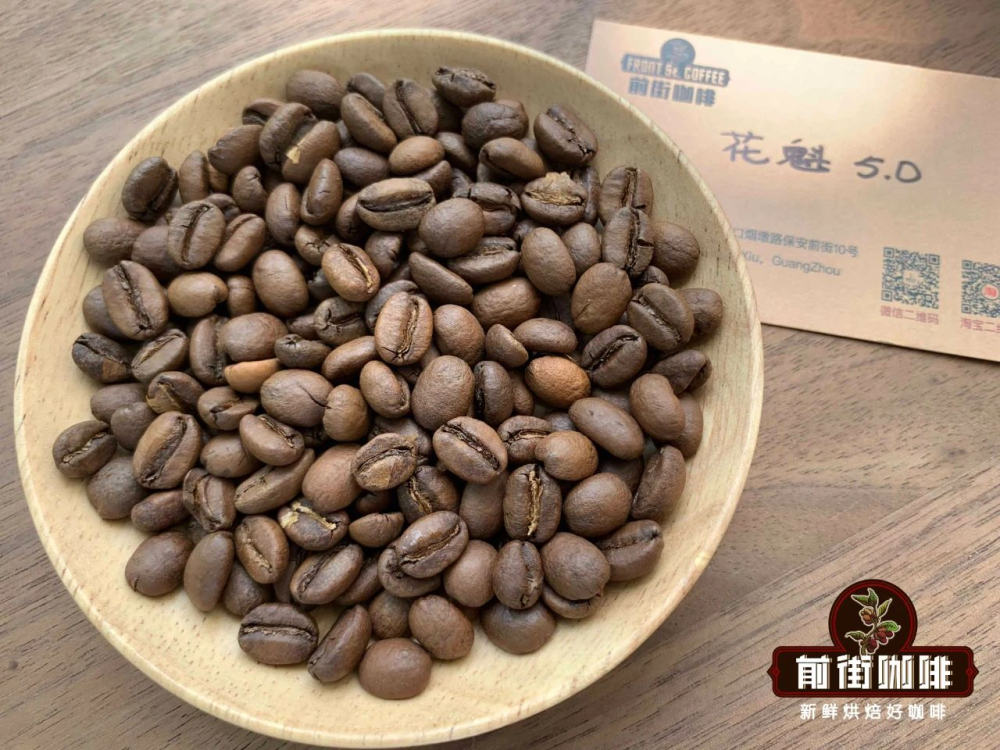
Coffee is also a crop, of course, affected by the climate, the flavor will be different from year to year, and in order to distinguish these, it will be named: Sakui 2.0, Sakui 3.0, Sakui 3.1, Sakui 4.0, Sakui 5.0 and Sakui 6.0.
The treatment of Sidamo Coffee
As soon as you hear it, you can tell that the coffee is washed. In fact, the coffee treatment in Ethiopia is sun treatment, and it was only later that the water washing method was introduced. On the other hand, most of the coffee in the Sidamo area is tanned, and Qianjie believes that the sun treatment makes the coffee beans in the Sidamo area have a strong fruity aroma and smooth taste.
During the coffee harvest season, farmers in the Sidamo area only picked ripe red fruits and put them in baskets one by one. The picked coffee fruit has uniform size, similar maturity and no other impurities. In the process of treatment, it is necessary to manually screen defective coffee beans and immature or overripe coffee fruits. Then lay the coffee red fruit on a high wooden frame or whole scaffolding to make the sun, so as to avoid the risk of beans smelling on the ground.
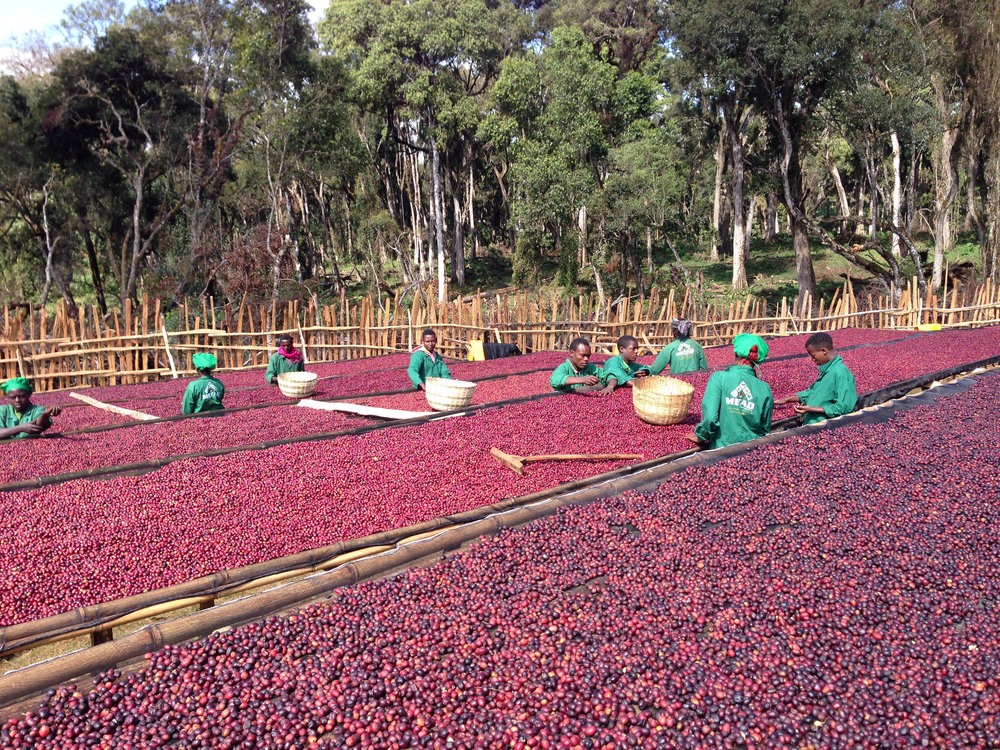
In the process of exposure, it will constantly turn to ensure that the coffee beans can be evenly exposed to water; every three to five days, farmers will manually screen out the defective and moldy beans. Wait for the peel to dry and harden, and then use a sheller to remove the hard peel. After obtaining the raw coffee beans, the farmer will do one last screening in pursuit of the perfect taste.
Qianjie cooking suggestion:
How can such excellent coffee beans be flushed into a delicious flavor? Qianjie believes that the freshness of coffee beans is a very important link, the freshness of coffee beans can maximize the rich flavor of coffee. The coffee beans shipped in Qianjie are all roasted within 5 days, because Qianjie is well aware that the freshness of coffee beans has a great impact on the flavor. The purpose of Qianjie roasting is "freshly roasted coffee", so that every guest who places an order is the freshest coffee when he receives it. The bean cultivation period of coffee is about 4-7 days, so when the guest gets it, it is the time when the flavor is the best.
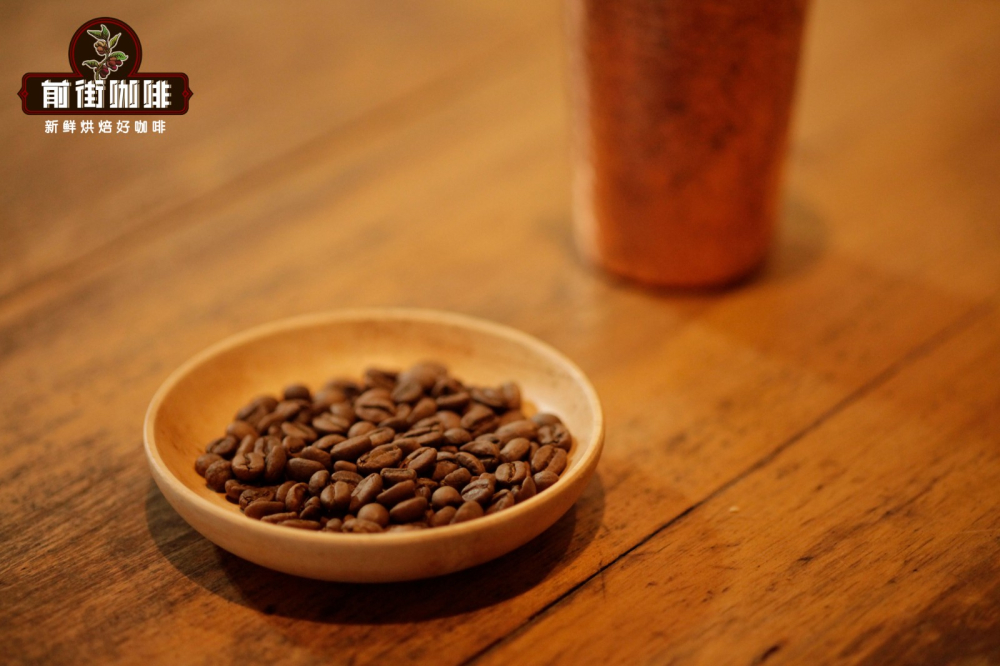
Of course, there are some customers who need help grinding powder in front of the street, which doesn't matter, but Qianjie has to warn: if the coffee beans are ground ahead of time, there is no need to raise the beans, because in the process of transportation, the pressure caused by carbon dioxide in the package can also make the coffee flavor mellow, so when you receive the coffee powder, you can immediately make a cup of coffee to drink. But the coffee powder needs to be brewed in time, because the coffee powder oxidizes more quickly after contact with the air, that is to say, the flavor of the coffee will dissipate more quickly, and the flavor of the coffee is not so good. Therefore, Qianjie suggests buying whole beans, grinding and flushing now, so that we can better taste the flavor of coffee.
Parameters for brewing Huakui coffee in Qianjie:
In order to fully extract the rich layering of Huakui coffee beans, Qianjie uses higher water temperature and finer grinding degree for extraction, but in order to avoid over-extraction caused by high temperature, faster filter cups such as V60 filter cups will be used. The V60 filter cup is in a 60 °cone shape, and the tapered angle allows the coffee powder to be distributed centrally, and when water is injected, the water can automatically converge to the center of the filter cup to ensure that the contact time between the water and the coffee powder is sufficient, so that the appropriate coffee liquid can be extracted. In addition, the ribs on the inside of the body of the V60 filter cup extend clockwise from the bottom to the top, so that there is enough space between the filter paper and the filter cup, so that the flow of water is good. Coupled with the large holes in the bottom, the flow velocity is relatively faster than that of many filter cups.
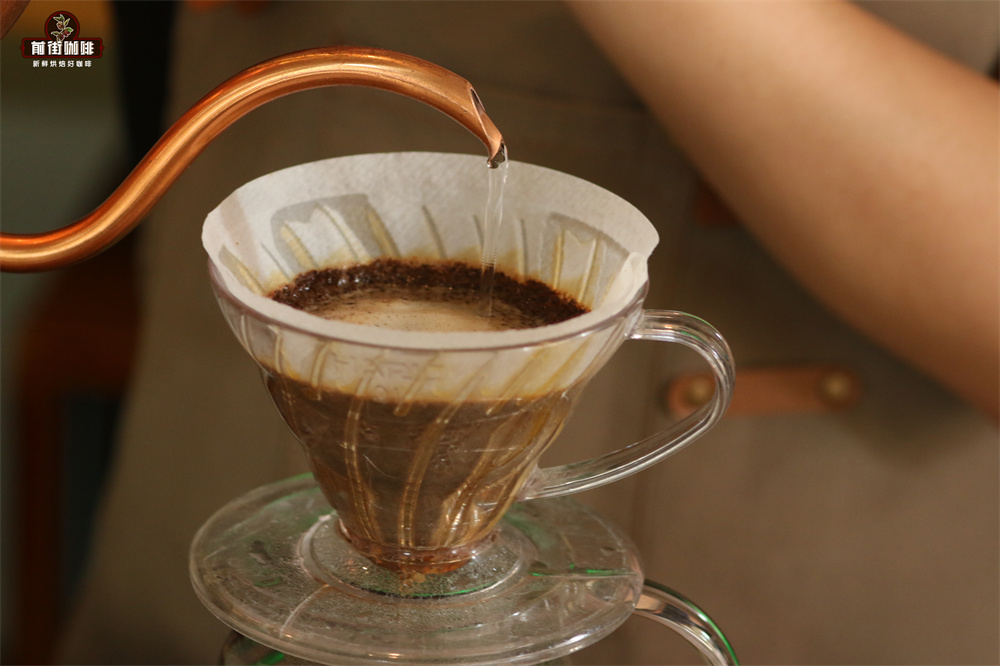
The specific cooking parameters used in Qianjie are: V60 filter cup, water temperature 90 ℃, water powder ratio 1:15, powder quantity 15g, grinding degree (China No. 20 standard sieve pass rate 80%)
The use of segmented extraction, with twice the amount of coffee powder water for steaming, that is, 30 grams of water for 30 seconds, and the reason for the need for steaming process is to make coffee powder can discharge the internal carbon dioxide gas, so that the latter stage of the extraction is better stable. When the small water is injected around the circle to 125 grams, the injection will be stopped until 225 grams, then the filter cup will be removed after the dripping of the filter cup, and the extraction time will be 2 minutes 39 grams. Next, pick up and shake the whole cup of coffee, then pour it into the cup and taste it.

[sunny Sidamo Sakura 5.0 Coffee] Flower aroma, sweet and sour aromas of berries, citrus and plums, mango juice, honey and a sweet finish of black tea.
Qianjie also said just now that the coffee flavor in different producing areas of Ethiopia is obviously different. in order to enable more friends to taste more excellent flavor of Ethiopia, Qianjie alone bought more than a dozen single coffee beans. Of course, if you want to try the flavor of other countries, Qianjie can also satisfy you, because there are dozens of individual coffees from different producing areas in Qianjie, welcome to taste it!
Professional coffee knowledge exchange more coffee bean information please follow the coffee workshop (Wechat official account cafe_style)
For more boutique coffee beans, please add private Qianjie coffee on Wechat. WeChat account: qjcoffeex
Important Notice :
前街咖啡 FrontStreet Coffee has moved to new addredd:
FrontStreet Coffee Address: 315,Donghua East Road,GuangZhou
Tel:020 38364473
- Prev

The Development of Burundian Coffee producing area and characteristic Market
Following Cafe Review (official Wechat account vdailycom) found that Beautiful Cafe opened a small shop of its own Burundian Coffee characteristic: suggest roasting method: medium to deep roast ★★: good lake there are many hippopotamus and crocodiles, but also many species of birds. There are more than 300 kinds of fish in the lake, among which the African crucian carp is the most famous. Water transportation is well developed, including Kighoma, Ugiji, Kalemi,
- Next

Introduction to Robusta Coffee Bean
Pay attention to coffee reviews (Weixin Official Accounts vdailycom ) and find a beautiful cafe to open its own small shop cat excrement coffee, produced in Indonesia. In the early 18th century, the Dutch established coffee plantations in the Indonesian colonies of Sumatra and Java, and prohibited the locals from picking and eating their own coffee fruits. Indonesian locals accidentally discovered that civet cats love to eat these coffee fruits
Related
- Detailed explanation of Jadeite planting Land in Panamanian Jadeite Manor introduction to the grading system of Jadeite competitive bidding, Red bid, Green bid and Rose Summer
- Story of Coffee planting in Brenka region of Costa Rica Stonehenge Manor anaerobic heavy honey treatment of flavor mouth
- What's on the barrel of Blue Mountain Coffee beans?
- Can American coffee also pull flowers? How to use hot American style to pull out a good-looking pattern?
- Can you make a cold extract with coffee beans? What is the right proportion for cold-extracted coffee formula?
- Indonesian PWN Gold Mandrine Coffee Origin Features Flavor How to Chong? Mandolin coffee is American.
- A brief introduction to the flavor characteristics of Brazilian yellow bourbon coffee beans
- What is the effect of different water quality on the flavor of cold-extracted coffee? What kind of water is best for brewing coffee?
- Why do you think of Rose Summer whenever you mention Panamanian coffee?
- Introduction to the characteristics of authentic blue mountain coffee bean producing areas? What is the CIB Coffee Authority in Jamaica?

